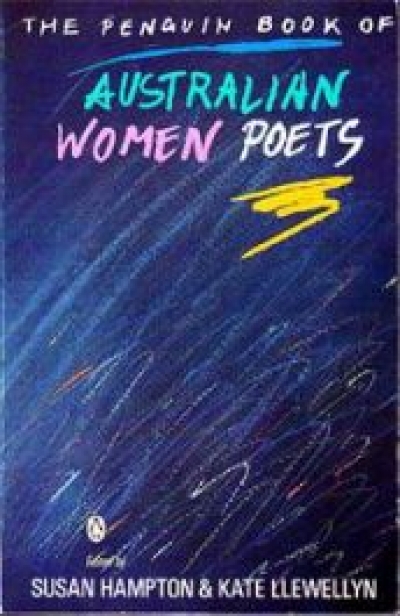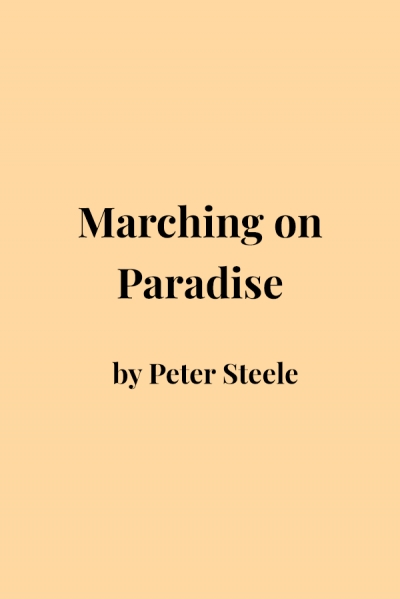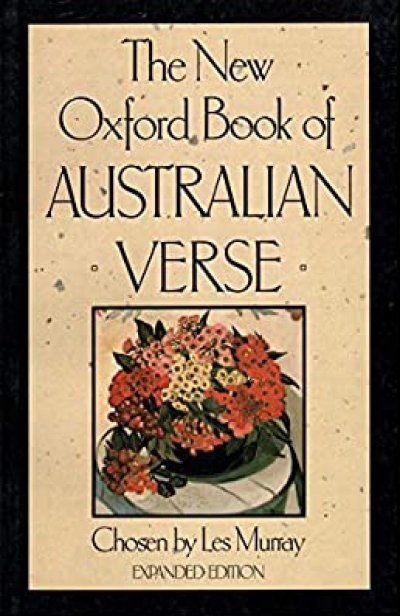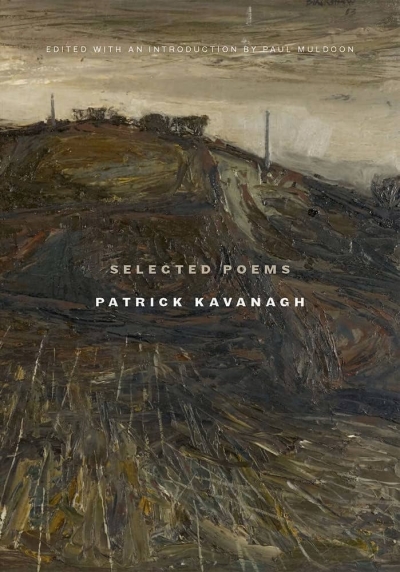Poetry
Twentieth Century Australian Poetry edited by Yasuko Claremont
Written in Japanese, this is an introduction to Australian people through Australian poetry. Yasuko Claremont is a long-time Japanese resident in Australia who studied Australian literature at Sydney University. Finding unacceptable the image, widely-propagated among the Japanese, of ‘jolly Australians who do not work as hard as the Japanese,’ she wrote this book to help the Japanese ‘get to the heart of the Australians,’ which, she thinks, can be done effectively through reading Australian poems in the language of the Australians.
... (read more)Australian Women Poets edited by Susan Hampton and Kate Llewellyn
In a paper entitled ‘Anthologies and Orthodoxies’ given recently at the Australian Literature Conference in Townsville, Jennifer Strauss, herself a poet as well as an academic, analysed the contents of six recent poetry anthologies, including this new Penguin collection. She came up with the same revealing statistics as editors Susan Hampton and Kate Llewellyn had discovered from a larger sample of fifteen collections: the average of female authors represented was only seventeen per cent. Obviously one of the orthodoxies enshrined in anthologies is in need of critical scrutiny if we are. unwilling to accept the implication that there are either fewer or less talented women writing poetry than there are men.
... (read more)Peter Steele is a meditative poet with a gift for aphorism: joy / has more of gravity than of gaiety’; ‘You cannot find / your way, but it is finding you’. And of God he saysZ: ‘I’m lost for words except for those to ask / He’ll look my way and make me see it his.’
... (read more)Portrait: A west coast collection edited by B.R. Coffey and Wendy Jenkins
Portrait presents a selection of short stories and poems from twenty-four writers from Western Australia: it celebrates a decade of publishing by the Fremantle Arts Centre Press by recognising (to quote from the brief introduction to this collection) ‘the achievement of writers who have been part of the history of the Press’. As we would now expect from this Arts Centre press, the book is beautifully produced, its stunning cover lifted from a painting by Guy Grey-Smith. In fact, the title of the collection itself announces the link between fine art and the writing this book contains. This is a ‘portrait’ of a publishing house and the writers it has fostered, and the stories and poems are themselves ‘portraits’ of people, places, flora and fauna, streets, and houses – colourful, exotic, introspective, delicate, distanced, isolated.
... (read more)The New Oxford Book of Australian Verse edited by Les A. Murray
This book can read at times as though it were Les Murray’s revenge on Australian poetry. Of course, no anthology will please all of the people all of the time, but this one does not so much seem to represent any consistent view of what significant poems have been written in this country as Murray’s own projections about the kinds of poetry which ought to have been written here. The New Oxford Book of Australian Verse is quirky and opinionated, very ambitious in the ground it wants to cover, and yet ultimately hamstrung in its assemblage. It amounts to a quixotic attempt to see Australian poetry as a massively unified body of work, and Murray has played fast and loose with the material that was before him in order to reveal this unity.
... (read more)The jacket painting on Bruce Beaver’s highly wrought little book of prose poems is Lloyd Rees’ ‘The Coast near Klama’. It’s an elevated view of virgin green and dun coloured headland, the ochres rising through. Sea swirls into an oysterish bay. There is one distant figure looking down on another distant figure in a rock pool below. The sky, as with so many Rees skies, is egg-shelly yellow near the horizon, a glowing compliment to the taste we form and hold of earth.
... (read more)As artists get older, they are supposed to mature, and commentators begin to look for the demarcations of their three periods, a nice bequest from Beethoven. One vitiating side effect of this is to misplace freshness in their art. Judging the vital middle period works, and bowing before the sublimity of the late, the critic bestows a nostalgic glance over his shoulder to the early output – ah, what freshness, what morning glory there! It may be true of Beethoven, but the experience of most of us lesser creatures is more often the opposite. We start a bit grey and elderly: only later, after much experience, do we throw off ponderousness, embrace wit and light-spiritedness and appear verdant for the public gaze. I hope Chris Wallace-Crabbe will not object to my including him in this (to me) honourable company: those who write, after thirty years on the job, with twice the élan they had at the beginning.
... (read more)Kate Llewellyn’s poetry is immediately accessible and clear, but not simplistic. She is completely at ease, unlike most writers, with reading her work aloud; this may be a function of an eminently readable style of writing, or the reverse, where the style follows .the demands of reading aloud. Either way, it works.
... (read more)The only real depth a novel, short-story, or book of poems can have for me is the authenticity of the writer and his ability to accurately capture the experience. Shelton Lea’s Poems From A Peach Melba Hat do exactly that, and in the process thump the reader with the quick left hook of rhyme.
There is violence in the poet’s experience, a recklessness, and he can get away with being a buffoon the charm out weighing the effrontery. The poems would find their home equally in a Governor’s mansion or some lowly pub. The imagery is sometimes brutal, but can soften a fusillade of butterflies.
... (read more)Poem of Thanksgiving and Other Poems edited by Paul Kavanagh & Poems Selected From The Australian’s 20th Anniversary’ edited by Judith Rodriguez and Andrew Taylor
Comparison between these anthologies is interesting. As the poems (6,000 for Mattara, 3,000 for the Australian), were the response to a general invitation, can we reasonably speculate that here we have a picture of what Australian middle of the spectrum poetry is like – or what poets in that range see as approved? The ends of the spectrum remain unrepresented.
Filtered through the judges’ taste we have a more similar product than I would have expected. Few of the lively young are there, none of even the wittiest of performance poetry, – which can hold up on the page – and some poets of course don’t compete in this sort of contest. There’s too much likeness.
... (read more)






